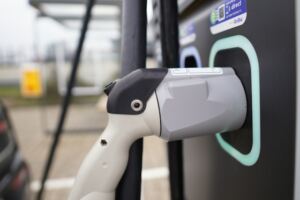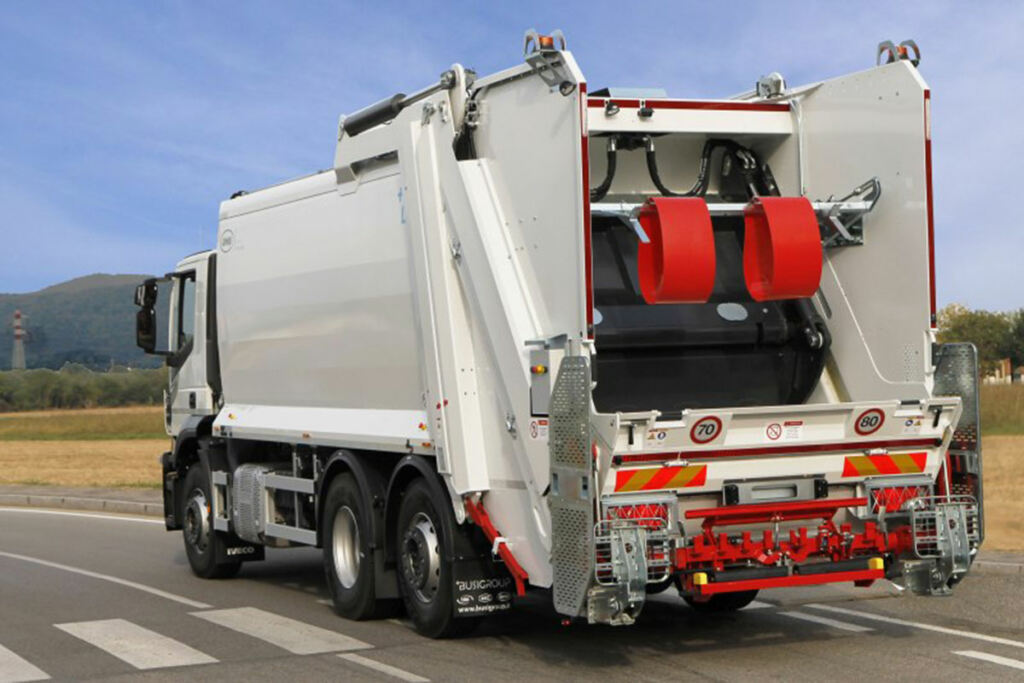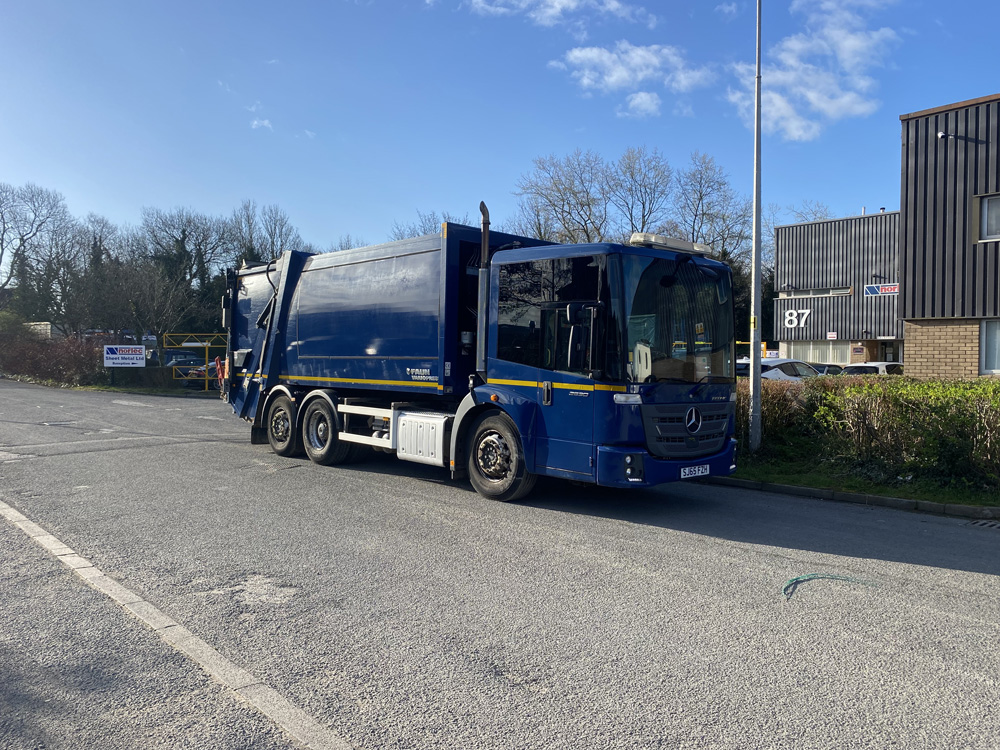Major changes to the Waste Management Sector will see Refuse Trucks go electric as the industry aims to meet the UK Government’s 2035 zero-emission targets. Following the UK Government’s zero-emission vehicles by 2035 announcement in November 2021, the waste management sector has witnessed a significant shift towards sustainability, with aims to reduce carbon emissions across the heavy goods vehicle (HGV) sector.
With tackling the climate crisis as high priority, the government confirmed their intention to end the sale of new non-zero emission HGVs weighing under, or equal to, 26 tonnes by 2035, with all new HGVs sold to be fully zero-emission at the exhaust by 2040
What does this mean for the waste management sector?
The UK government has made refuse trucks a priority for electrification and a key focus for change in meeting their carbon reduction targets.
This transformation marks a pivotal moment in waste management as companies look to offer a more eco-friendly and efficient solution to handling waste.
The UK will expect to see more electric refuse trucks cleaning our streets by 2035.

Photo by Sophie Jonas on Unsplash
Are electric refuse trucks a new concept?
While the concept of electric refuse trucks isn’t new, their widespread adoption has gained notable momentum in recent years. This momentum is driven by mounting concerns over air pollution and greenhouse gas emissions. In 2017, the first electric refuse truck was commissioned, heralding a new era of eco-friendly solutions for waste collection.
Since then, the adoption of electric refuse trucks has been rapidly growing. Find out more at fleetpoint to see how the industry is reacting to the new government targets.
Why do we need electric refuse trucks?
There in an ever-growing concern over the environment and the impact our industries are having on the planet. In response, the UK Government has sought cleaner alternatives to traditional diesel-powered vehicles.
Here some of the reasons for the much-needed change from diesel to electric refuse trucks:
- Environmental Concerns
- Regulatory Pressures
- Cost Savings
- Technological Advances
- Public Health Benefits

Photo by Jan Kopřiva on Unsplash
How do Electric Refuse Trucks compare to Traditional Diesel Refuse Vehicles?
The future of refuse trucks is electric, so it’s important to understand what will change and how electric refuse trucks compare to traditional refuse vehicles. After all, companies will be looking to optimise the transition. Here are the main benefits of electric refuse trucks over diesel:
- Environmental Impact– Electric refuse trucks contribute to improving the local air quality. They produce zero tailpipe emissions, reducing air pollution and greenhouse gas emissions making them the preferred eco-friendly option.
- Noise Pollution – Electric refuse trucks operate more quietly than diesel trucks, reducing noise pollution during waste collection times, meaning no disturbed sleeps or irritating engine sounds early in the morning.
- Operating Costs – While electric refuse trucks may have a higher initial purchase cost, they generally have lower operating costs over their lifetime.
Fuel costs are lower since electricity is often cheaper and with fewer moving parts, electric refuse trucks require less maintenance than internal combustion engine vehicles, resulting in reduced maintenance costs.
- Energy Efficiency – Electric refuse trucks can travel longer distances on the same amount of energy, making them more energy-efficient.
- Government Incentives – Many governments offer incentives, subsidies, and tax breaks to encourage the adoption of electric vehicles, reducing the overall cost of ownership for electric refuse trucks.
- Public Health Benefits – By reducing emissions of pollutants such as nitrogen oxides and particulate matter, electric refuse trucks contribute to improved public health, particularly in areas where air quality is a concern due to vehicle emissions.
- Adaptability – Electric refuse trucks can be integrated into existing waste collection fleets with minimal disruption, as they can often use the same infrastructure and facilities as traditional vehicles.
Furthermore, they can be designed to meet the specific needs and requirements of waste management operations, including various body configurations and payload capacities.

Trest’s Partially-Electric Refuse Truck
The Partially Electric Azimut El-Tron Refuse Truck utilised by Trest signifies their pledge to a greener future for the waste management sector.
This Azimut is equipped with a battery-powered electric pump that operates in conjunction with the vehicle’s engine. The refuse truck utilises a plug-in hybrid battery pack and pump, allowing the food waste vehicle body and bin lift to function without the vehicle’s engine running. When the job is done, the battery pack is recharged via the vehicle’s alternator, making it highly cost-effective. Trest’s partially-electric refuse truck saves money on fuel, reduces the vehicle’s CO2 output, and operates virtually silently while on duty.
Read more about Trest’s refuse truck.



